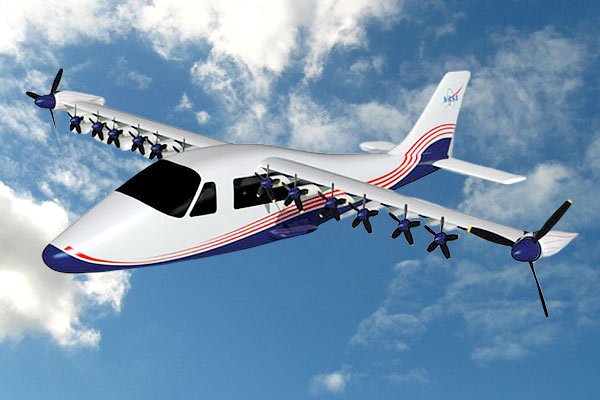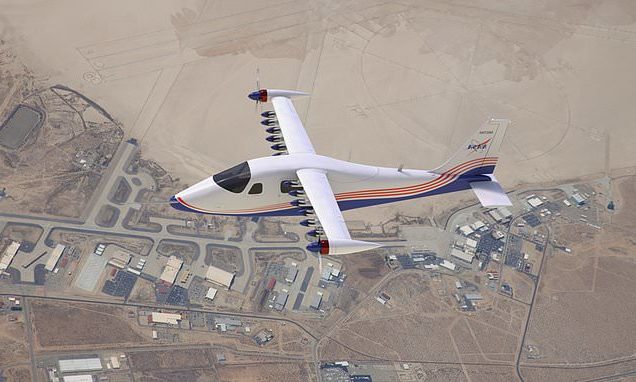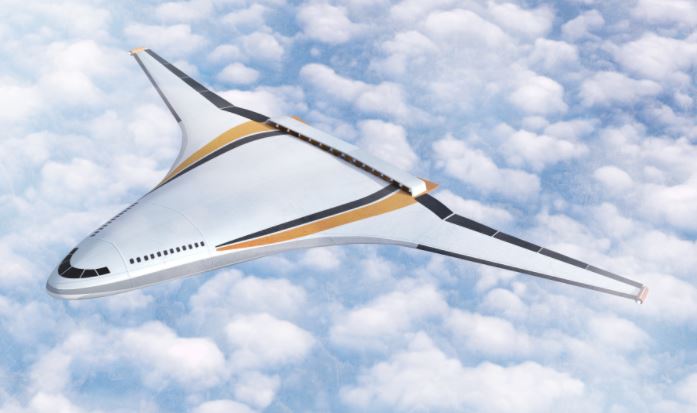We already have electric cars which are arguably more efficient and environment-friendly than petrol cars. Although it still needs to be charged with a diesel generator, defeating the whole purpose.
Now NASA has developed and launched an electric aircraft that will be quieter, more efficient, and better for the environment as compared to the conventional aircraft that we use today. Will it not be a huge fail like electric cars? Let’s find out.
This X-wing aircraft has 14 motors

Named as X-57, this project has developed the Maxwell experimental aircraft that has many unique features never seen before in any aircraft.
This aircraft will be powered by electric propulsion which means that it comes with lift motors and folding propellers.
How it is different from regular planes is that it has 14 electric motors while the common aircraft have two engines. Two of these motors are attached to fixed blades and the other 12 motors are on the foldable blades.
They just completed the wind tunnel test successfully

NASA has also announced that they completed the wind tunnel test for this aircraft at the Langley Research Center in Hampton, Virginia.
NASA released a statement saying: “Positioned along the leading edge of X-57’s cruise-efficient wing, these motors and propellers will be utilized first during takeoff, providing lift augmentation to the X-Plane at low aircraft speeds.”
“Once X-57 goes into cruise mode, these motors will deactivate, and the propeller blades will fold inward to prevent creating additional drag while two larger electric cruise motors remain active on the wingtips. Then, when it’s time to land, the smaller high-lift motors will reactivate, unfolding the propeller blades to create the appropriate lift for landing at approach speed.”
More facts you need to know about the X-57
The rear passenger seats and cargo area are used to hold the X-57 battery packs used to power the electric motors. This also has a smaller, skinnier “high aspect ratio” wing, changing the look of the aircraft.
Under the wind tunnel test, the hardware was exposed to wind speeds from zero to over 90 knots, with 14 hours of powered propeller operation.
Weighing 3,000 pounds, the futuristic aircraft can reach a maximum operational altitude of 14,000 feet cruising at a speed of 172 mph (at 8,000 feet). As the aircraft successfully folded and returned the blades to working condition, the aircraft is now ready for test flights.
All Featured Images Courtesy: NASA

